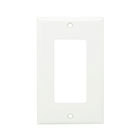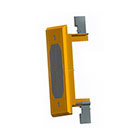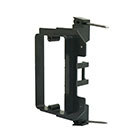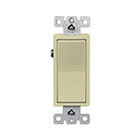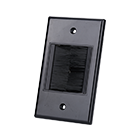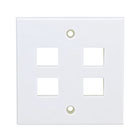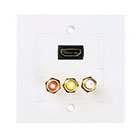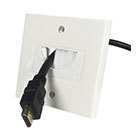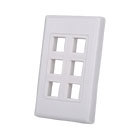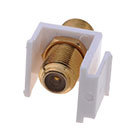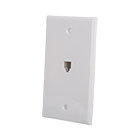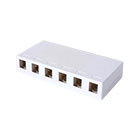-
Paneles de pared y piedras angulares
Paneles de pared y piedras angulares -
-
Adaptadores, interruptores y separadores
Adaptadores, interruptores y separadores
-
Paneles de pared y piedras angulares
Paneles de pared y piedras angulares -
-
Adaptadores, interruptores y separadores
Adaptadores, interruptores y separadores



Advantages of HDMI cable
HDMI has the advantages of small size, high transmission rate, wide transmission band, good compatibility, and can simultaneously transmit uncompressed audio and video signals. hdmi not only increases the convenience of indirect device cables compared to traditional full analog interfaces, but also provides some HDMI-specific smart features, such as consumer electronics control CEC and extended display recognition EDID. An HDMI cable consists of 19 cables.
The HDMI system consists of an HDMI transmitter and receiver. Devices that support HDMI interfaces typically have one to multiple interfaces, and each HDMI input of the device must conform to the sender's specifications, and each HDMI output must conform to the receiver's specifications. Among the 19 HDMI cables, 4 pairs of differential transmission lines form the TMDS data transmission channel and clock channel. These four channels are used to transmit audio signals, video signals and auxiliary signals. HDMI also has VESA DDC or display data channel, which can be configured to exchange status information between the signal source and receiver so that the device outputs in the most appropriate manner.
Generally speaking: COMPUTER with HDMI output is HDMI signal source, TV with HDMI input is the receiver. When the computer and TV are connected via an HDMI cable, the TV becomes the second screen of the computer.
With a single HDMI cable, you can simultaneously transmit video and audio signals, no need to connect multiple cables; At the same time, because no d/D or D/D conversion is required, higher audio and video transmission quality can be achieved. For consumers, HDMI technology not only provides clear picture quality, but also greatly simplifies the installation of a home theater system by using the same audio/video cable.
100% digital uncompressed, providing up to 5Gbps of data transmission bandwidth, can transmit uncompressed audio signals and high resolution video signals. At the same time, there is no need for digital/analog or analog/digital conversion before signal transmission, which can ensure the highest quality of audio and video signal transmission. Eliminating the need to convert pure digital image and sound video and audio signals directly from the source (which can be seen and heard) from the output device to the display device to maintain the best digital sound and image quality of HDTV, providing 1080p bandwidth support and higher resolution; Support 3D function Support echo function; YUV color space support for multiple HD devices connected at twice the 1080I bandwidth, a single cable to contain all HD video and audio in a single cable instead of up to eight audio and five video cables, Automatic formatting Smart TVS and AV receivers can adjust the video source to receive video formats supported by the display device and output audio and video formats without consumer intervention. The display device receives the video format and image aspect ratio from the source as-is. Such as "one click play" * these features are provided by the manufacturer for HDMI implementation. The full name is "High Definition Multimedia Interface" in English and "High Definition Multimedia Interface" in Chinese
Siguiente
Siguiente
Establecido en 2004, Zowie es amanufacturer y exportador de newgeneration y de los pro-ucts tradicionales de A/V y los accesorios y los productos otherelectronic, también nosotros servicio adicional del providother con expe-rience rico en el mercado y las industrias del amplio rangeof. En las líneas de montaje ofefficient fuertes de la base, los ingenieros del profesión-al, ventas experimentadas, weprover no sólo productos con goodquality y el buen precio manufacturedin abajo mencionó facilidades de la fábrica. but también los productos de la amplia gama de más de 300 fábricas que la relación havestrong con nosotros.
Copyright©Co. electrónicos 2023 Ltd de la tecnología de Zhuhai Zowie



